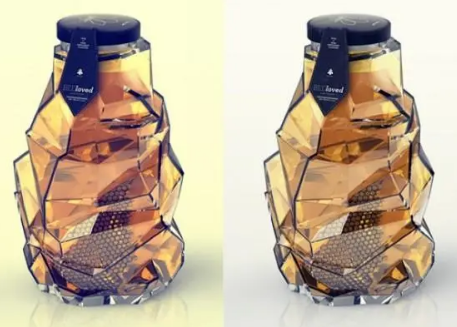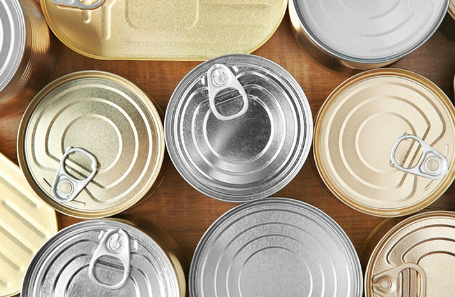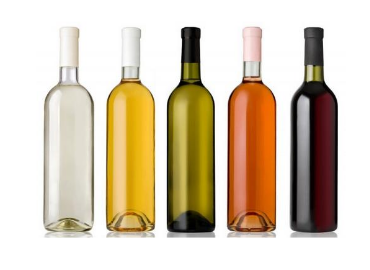Do you know the specific origin of various types of packaging?
2024-03-27We have started using natural materials, such as leaves. Later, products such as woven materials and flower pots were mass-produced. It is estimated that glass and wood packaging have been in use for about 5000 years. In 1823, Peter Durand, an Englishman, obtained the first patent for metal packaging made from thin metal plates called cans. Starting from 1900, double needle, three needle, and flat paper could be used. In the 1900s, paper and cardboard had become important packaging materials. With the invention of plastic, it began to replace paper as a packaging material.
After World War II, plastic began to be widely used in packaging applications. During wartime, polyethylene was produced in large quantities and became a readily available material in the market after the war. Initially, it replaced wax paper used for bread packaging. Since the 1970s, the growth of plastic packaging has accelerated. Under today's technology and conditions, these previous materials have been replaced by more suitable and economical materials, such as glass, metal, plastic, paper, and cardboard. In those years, packaging was only used for transportation and storage, but with these new materials, it also began to promote the product. Therefore, packaging has now become a part of marketing policies. This is because there are differences between the same type of products packaged side by side on the shelves.
From Egypt to Today's Glass Packaging
Glass packaging was first used in Egypt around 1500 BC. First, use glass as a pot, then mix it with molten limestone, soda water, sand, and silicate, and shape it into a glass packaging.
Around 1200 BC, pots and cups began to be made of molded glass. After the Phoenicians invented the blow pipe in 300 BC, the production of completely transparent glass occurred in the period after AC. In the following thousands of years, the production technology of glass was improved and expanded.
The development that had the greatest impact on glass packaging was obtaining a patent for an automatic rotating glass manufacturing machine in 1889. After the 1970s, glass packaging began to be used for the protection of high-value products and is now widely used.

Bonaparte's leadership position in metal packaging
Since ancient times, metal packaging in the form of gold and silver boxes, as well as sturdy alloys and coatings, has now been used to protect many products.
The production of tin foil was invented in Bohemia at 1200 AC. Then in the early 14th century, canned food cans began to be used. Since the 1600s, this technology has been secret, and after William Underwood forwarded the process to the United States, it has been replaced by higher quality and easier to produce steel.
The idea of putting food safety in metal packaging was first proposed in 1809, when Napoleon Bonaparte said he would reward 12000 Franks to anyone who proposed methods to protect the army's food supply.
Nikolas Appert from Paris stated that canned tin cans can preserve food after disinfection. One year later, British man Peter Durant obtained the right to patent cylindrical cans for his invention of pressed tin.
The first printing box in the history of metal packaging was manufactured in the United States in 1866. It was not until 1910 that it began to be sold in commercial stores, and the design of the aluminum foil box was developed in early 1950. The first aluminum canned food was introduced in 1959. It was not until 1866 that screws and hammers were used to open metal packaging. Later, packaging with easy to tear covers was produced. The can opener was invented in 1875.
Metal packaging has gone through many stages and has self updated, now providing convenience for practicality.

Plastic - Latest Packaging Forms
In 1838, Alexander Parker prepared the first artificial plastic and exhibited it at the London International Exposition in 1862, with the aim of replacing natural materials such as ivory, known as "Parkesin". In 1849, Charles Goodyear and Thomas Hancock developed a method to break the viscosity and increase the elasticity of natural rubber. In 1851, hard rubber or "hard rubber" began to be commercialized.
In 1870, John Wesley Hyatt, a New Yorker, obtained a patent for the "Sailu ul" produced under high temperature and pressure, which had a low nitrate content. This invention was the first commercialized plastic, and it remained the only plastic until Leo Hendrik Baekeland produced "bakelite" in 1907.
It was not until Hermann Staudinger's revolutionary ideas were heard in 1920 that he truly understood what plastic was. It is said that all plastics, rubber, and cellulose are polymers or macromolecules. This hypothesis was not initially widely accepted by many scientists, but Staudinger was awarded the Nobel Prize in 1953 for this idea.
After the 1950s, plastic packaging began to be widely used. By the late 1970s, the plastic packaging industry began to grow.

Paper packaging began in China
Paper is the oldest deformable packaging material. In the 1st and 2nd centuries BC, mulberry bark was used in China for packaging food. In the following 1500 years, papermaking technology was improved and transported to the Middle East.
The papermaking technology has reached Europe and arrived in England in 1310, and in the United States in 1609. The first commercial cardboard box was produced in England in 1817, more than 200 years away from China. Corrugated cardboard boxes were invented in the 1850s, replacing wooden boxes in trade. The 20th century was the most glorious era of paper and cardboard. The image is from the internet. If there is any infringement, please contact us to delete it
